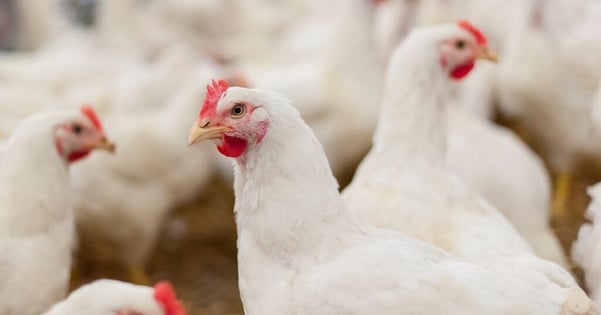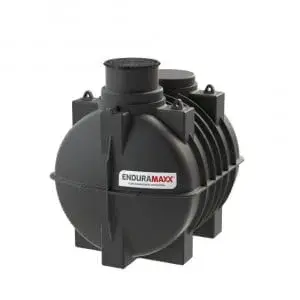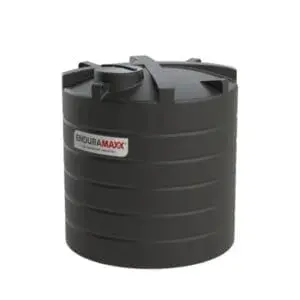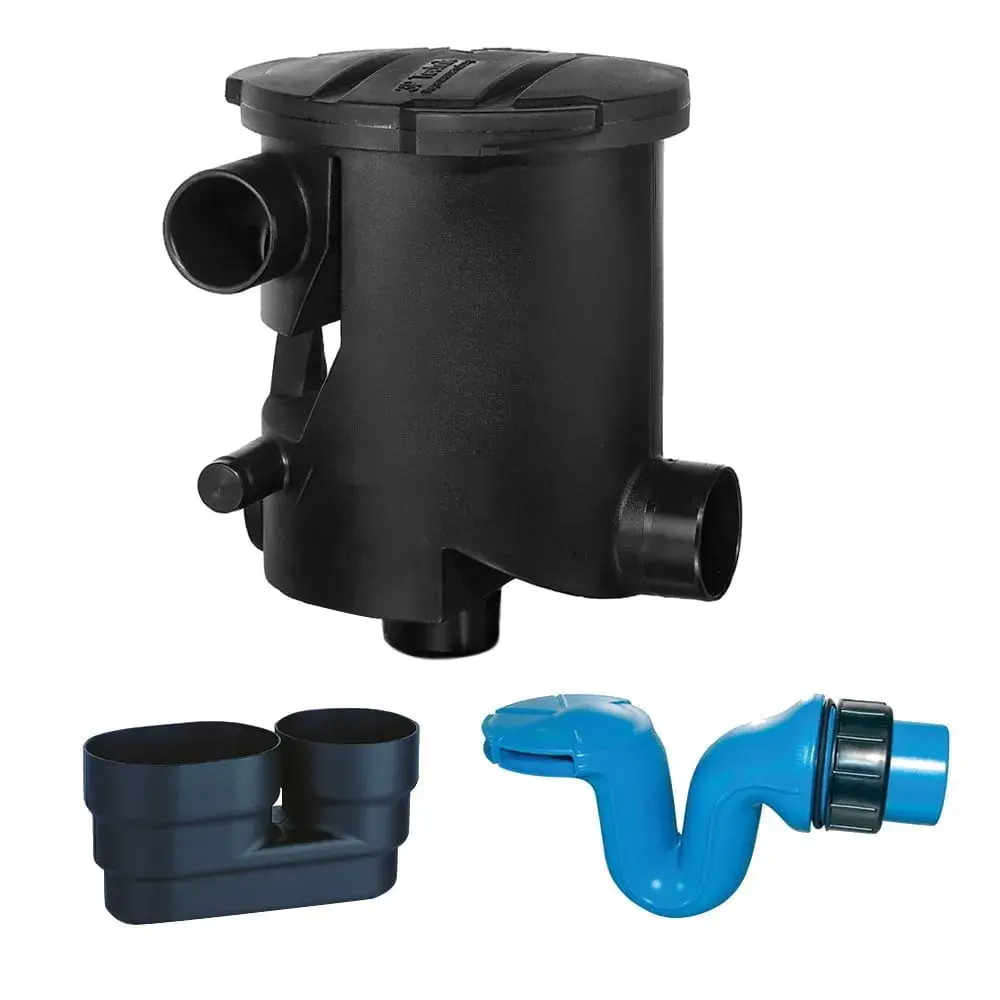What are the water requirements for poultry? Chickens are living, sentient beings, totally dependent upon us to provide them with care and comfort. Clean water and sufficient supplies are fundamental to rearing healthy chickens, and the tanks used for storing and supplying the water must be durable and of good quality.
There are drinking water standards to adhere to and poultry welfare codes to comply with. While these water requirements for chickens are not legally binding, a failure to comply can be used in court if you are prosecuted for causing unnecessary suffering to chicken for laying hens, meat birds & poultry production
How much water do chickens drink a day?
Birds consume a lot of water and chickens water is increases with heat stress in hot weather The average laying bird will drink up to 500ml of water a day. CHickens will drink fresh clean water little and often, but will vary with the size of the hen, the season and the outdoor temperatures. Birds can survive a few weeks without food but without water, they only last a very few days. The amount of feed is correlated to the amount of water the chickens need.
It’s not just the amount of water that is important – and its quality – but also how it is dispensed. Most poultry rearers provide a nipple system – and as a guide, when the birds are 5 weeks old they need one nipple per 10 birds. The flow rate should be adequate since a low flow rate means a slower rate of growth for the chickens.
Monitoring the daily water consumption is an easy and accurate way to measure how the birds are doing since it is closely correlated with the health of the poultry. One should always read the water meter at the same time each day. If the water consumption is low for two days then you need to suspect that there may be a problem with your birds.
Broiler Chicken Water Consumption
Broilers chickens require a lot of water. A 5 pound (2.3kg) bird needs about 18 pounds (8.2kg) of water during its life – and 10 pounds of feed. One can estimate the amount of water an individual bird needs by its age -an increase of 0.2 oz per day. Water consumption continues to be one of the simplest and most effective tools a poultry grower can use to monitor flock performance and progress.
Recommendations for water can be found here.
Water Standards for Water
The main water requirements for poultry is that it must be clean – no pathogenic bacteria, virus, protozoa or fungus. It must not contain faecal material or soil and should be free from heavy metals such as sodium, iron and potassium.
The quality of the water must be maintained by washing and disinfecting chick drinkers for free-range birds every day. They must never be allowed to dry out and should be filled with fresh water – and the drinking places moved every couple of days to prevent local contamination.
An important standard for poultry water is complying with the fluid category 5 AB Air gap break. These tanks are required for the installation and use of cold-water storage cisterns and sectional tanks connected to the public water supply.
A Cat 5 break tank is a water tank featuring an air gap between the inlet and outlet to ensure that the water in the tank or cistern does not flow back into the mains water supply and meet the relevant Water Regulations requirements for Category 5.
More details on installations in England & Wales that come under the scope of fluid category 5 are available here.

What are Poultry Welfare Codes for Laying Hens and Pullets?
The Code was last updated in 2002 and came in force on Wednesday 8 August 2020. The code of practice for the welfare of laying hens and pullets provides an interpretation of the legal requirements for producers. As a statutory document, all keepers of laying hens and pullets must be familiar with and meet the requirements which include water and feed intake
The poultry welfare codes are set out here – and they differ slightly depending on the type of bird you are growing. All the staff should read and understand these, and failure to comply may lead to prosecutions on the courts, as well as cause more suffering to the birds.
Red Tractor Assurance & Water Requirements for Poultry
The Red Tractor Assurance logo lets people know that the product has been produced with high standards. It judges animal welfare, care for the environment, food safety and accountability. When consumers see this logo they know that the food they buy has met the standards of one of the toughest assurances in the world and that the animals have been well treated.
Dosing Systems for Poultry Water
The water system in poultry is also used to administer and dose various vaccines, antibiotic & anti-inflammatory treatments, antiparasitic, organic acids & essential oils, probiotics & supplements as well as concentrated biocides. The ability for water treatment is essential to ensure feed and water consumption for water quality standards.
Chlorine dioxide has gained popularity in the poultry farm sector for eliminating biofilm and removing sulphur odours. It is also effective at prevention of mineral build-up and the removal of iron from water.
Our range of chemical dosing tanks up to 1500 litres and bunds to provide secondary containment are available here.
Enduramaxx Water Tanks for Poultry Water Systems
Water tanks for poultry water storage must be strong, and easy to clean. Our rotationally moulded plastic tanks can store water safely making it easy to maintain the quality of the water. insulated water tanks are also available for reducing heat gain in the tank. We have more than 40 capacities of water tanks from round water tanks, CAT5 air gap tanks, insulated water tanks as well as horizontal tanks to choose from here
We are happy to answer any questions you might have on water requirements for poultry and help you find the right tanks for your water system – just give us a ring on 01778 562810.
Posts By Topics
- Blog (303)
- Chemical Storage Tanks (118)
- Chemical Dosing Tanks (114)
- Chemical Tanks (114)
- Water Tanks (58)
- Rainwater Harvesting Tanks (43)
- Vertical Rainwater Tanks (31)
- Vertical Storage Tanks (31)
- Cone Bottom Tanks (19)
- Conical Cone Tanks (18)
- Rainwater Harvesting (17)
- Water Bowsers (15)
- Horizontal Tanks (14)
- Potable Water Tanks (13)
- Farming (9)
- Case Studies (8)
- Industrial Storage Tanks (7)
- Liquid Fertilser Storage Tanks (6)
- WRAS Approved Potable Tanks (6)
- Wine and Beer Production (6)
- Horizontal Transport Tanks (5)
- Microbrewery (5)
- Rainwater (5)
- Category 5 Break Tanks (4)
- Cider Production (4)
- Mixer Tanks (4)
- Molasses Tanks (4)
- Polyethylene tanks (4)
- Rainwater Filter Kits (4)
- SPECIALIST & BESPOKE TANKS (4)
- Bunded Tanks (3)
- Slimline Tanks (3)
- WRAS Approved (3)
- Clarification Tanks (2)
- Crosslinked Polymer Tanks (XLPE) (2)
- Fertiliser Tanks (2)
- Sump Tanks (2)
- Tank Installation (2)
- Water Butt (2)
- underground water tanks (2)
- ACCESSORIES & FITTINGS (1)
- ATV & UTV SPRAYING UNITS (1)
- Above Ground Effluent Tanks (1)
- Bespoke Tank Frames (1)
- Category 5 Turret (1)
- Caustic Soda Tanks (1)
- Closed Top Bunded Tanks (1)
- Craft beer (1)
- Effluent Tanks (1)
- Enduramaxx (1)
- Ferric Chloride Tanks (1)
- Fire Safety Regulations (1)
- Fire Sprinkler Water Storage Tanks (1)
- Industrial Water Tank (1)
- Open Top Bunded Tanks (1)
- Open Top Cone Tanks (1)
- Open Top Vertical Tanks (1)
- Polyethylene Potable Water Tanks (1)
- Polyvinylidene Fluoride (PVDF) Tanks (1)
- Polyvinylidene Fluoride Tanks (PVDF) (1)
- Pressure Washers (1)
- Pro Series Spot Sprayers (1)
- RWH (1)
- Sodium Hydroxide Storage Tanks (1)
- Sprayer Fill-up Tanks (1)
- Uncategorised (1)
- liquid fertiliser tank (1)
Sign up to the newsletter
enduramaxx.marketing
Related Posts
Water Storage Requirements For Pig And Poultry
Water is a necessity of life for any living creature. Water supports a number of functions in all...
Poultry Watering
With water making up 80% of blood and being vital for the regulation of body temperature and organ...
New Insulated Water Tank Range | Enduramaxx UK
Enduramaxx launches new Insulated Water Tank Range, Enduramaxx is pleased to announce the launch of...
Related Products
From £1,080.00 inc. VAT
£900.00 exc. VAT
From £1,344.00 inc. VAT
£1,120.00 exc. VAT
From £768.00 inc. VAT
£640.00 exc. VAT
£480.00 inc. VAT
£400.00 exc. VAT





